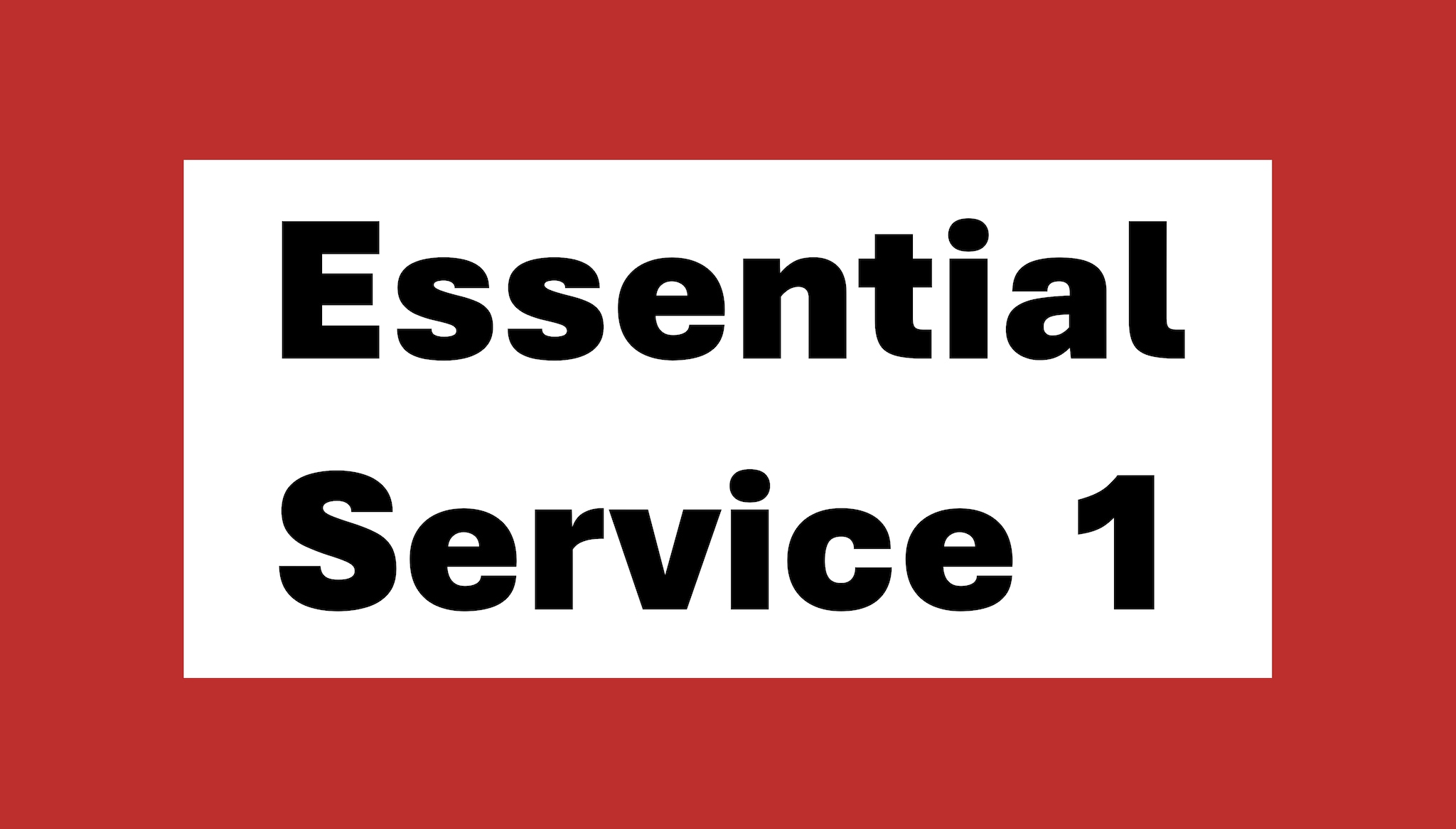At a glance
Learn how environmental health programs support Essential Public Health Service 1 and public health accreditation. Essential Public Health Service 1 is "Assess and monitor population health status, factors that influence health, and community needs and assets."

Activities that support this essential service
Here are some examples of common activitiesA that help deliver Essential Public Health Service 1 (Assess and monitor population health status, factors that influence health, and community needs and assets):
Collecting and analyzing environmental quality and health data to identify and solve community environmental health problems. Examples of sources and types of data:
- Measures of environmental quality (air and drinking water quality).
- Environmental health indicators (frequency of critical violations from food inspections).
- Surveillance systems-based health information (death, illness, injury, and infectious disease).
- Environmental health data and information to determine the root cause of health disparities and inequities (children's blood lead data and housing age to identify communities at higher risk for lead exposure).
Evaluating data on social determinants of health in the built environment to understand factors influencing community health with emphasis on groups at higher risk of health disparities. Example: use of geographic information systems to collect, store, and analyze environmental health data.
Engaging public health and environmental health partners and community members in health needs assessments to identify and track environmental conditions affecting community health.
Activities that connect to accreditation standards
Environmental health programs also link to and support broader public health initiatives such as public health accreditation. Following are examples of activities that could contribute to accreditation by the Public Health Accreditation Board (PHAB). Completing these activities does not guarantee conformity to PHAB documentation requirements.
PHAB Standard 1.1: Participate in or lead a collaborative process resulting in a comprehensive community health assessment (CHA).
- Collecting and using data or information about environmental health risks and hazards that can be incorporated in the CHA.
- Leading the process for developing environmental community health assessments that specifically focus on environmental health risks and hazards.
PHAB Standard 1.2: Collect and share data that provide information on conditions of public health importance and on the health status of the population.
An example is sharing data from services and activities such as food service facility inspections, private well water test results, and other assessment activities that provide information on public health conditions and population health status.
PHAB Standard 1.3: Analyze public health data, share findings, and use results to improve population health.
- Evaluating quantitative and qualitative data to understand relationships between environmental exposure data and health outcomes (for example, air pollution and asthma).
- Analyzing data to identify differences between populations, geographic areas, or across time. For example, focusing resources on subpopulations or areas with increased burden of exposure or disease.
- Examples are not exhaustive.
